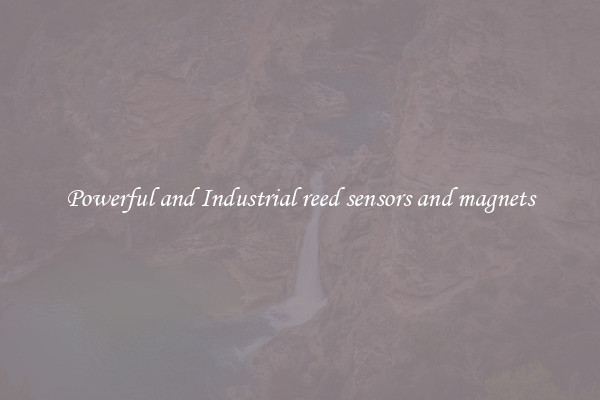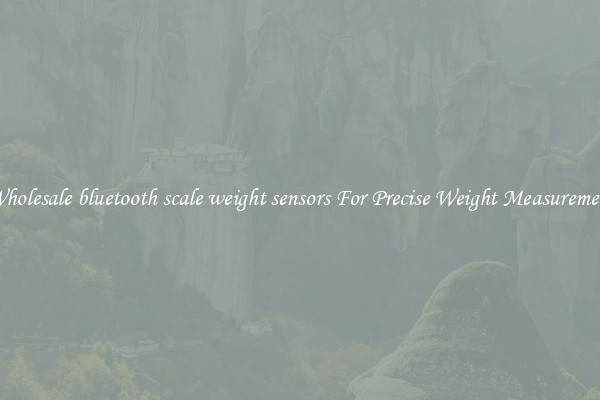Powerful and Industrial reed sensors and magnets
Reed sensors and magnets are essential components in industrial processes, providing powerful and reliable sensing capabilities. These versatile devices are widely used in various applications, including automation, robotics, security systems, and automotive industries.

Reed sensors work based on the reed switch principle, which consists of two metal reeds encapsulated within a glass tube. When a magnet comes close to the reed switch, the magnetic field causes the reeds to attract and make contact, closing the circuit. This closing or opening of the circuit is sensed by the system and triggers the desired action or response.
The power of reed sensors lies in their ability to handle high voltage and current loads, making them suitable for industrial environments. They are capable of switching heavy loads and can withstand harsh conditions such as vibration, shock, and high temperatures. This durability and reliability make reed sensors ideal for applications where accuracy and precision are essential.
Industrial reed sensors are used in a wide range of applications that require position detection, proximity sensing, liquid level monitoring, and motion detection. For example, in automation and robotics, these sensors are used to accurately determine the position of machinery parts or control the movement of robotic arms. They are also commonly found in security systems, where they help detect the opening and closing of doors or windows.
Alongside reed sensors, magnets play a crucial role in their operation. Magnets used in conjunction with reed sensors can be permanent magnets or electromagnets, depending on the application requirements. Permanent magnets offer a reliable and consistent magnetic field, while electromagnets can be controlled and manipulated through the application of an electric current.
The strength of the magnet used with a reed sensor is crucial for its performance. By choosing a powerful magnet, the distance at which the reed switch can effectively operate can be increased. This allows for greater flexibility in the installation and placement of the sensors.
To ensure optimal performance, it is essential to select magnets that are properly matched with the reed sensors. Factors such as size, shape, and material composition should be considered to achieve the desired magnetic field strength and application requirements.
In conclusion, powerful and industrial reed sensors, when paired with appropriate magnets, provide reliable and robust sensing capabilities in various industrial applications. Their ability to handle high voltage and current loads, withstand harsh conditions, and accurately detect position, proximity, and motion makes them indispensable in automation, security, and automotive industries. The proper selection and integration of reed sensors and magnets are key to achieving optimal performance and ensuring smooth industrial processes.

View details

View details

View details

View details








